Charmin
Bronze Member
- Sep 3, 2007
- 2,284
- 281
- Detector(s) used
- White's Prizm III and Ace 250
- Primary Interest:
- All Treasure Hunting
Found this at the creek awhile back----I think its a tooth  but from what? Or is it a claw?
but from what? Or is it a claw?  It is fossilized and approx. 3/4" in length. Thanks for looking and any help!
It is fossilized and approx. 3/4" in length. Thanks for looking and any help!
sandcreek
 but from what? Or is it a claw?
but from what? Or is it a claw? sandcreek


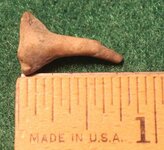
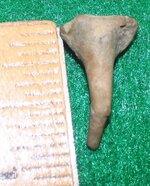
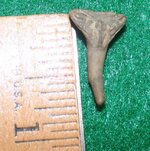
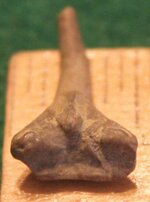
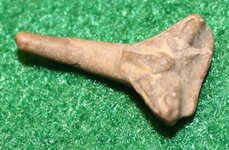
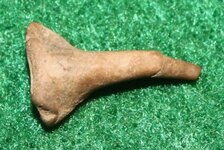

 .
.  .
. I thought it looked like a claw maybe. It's still different, how many of those have you found compared to the number of crinoids laying around? It's different, cool find in my book. Keep looking Sandcreek, one of us HAS to find an awsome fossil! (Oh yeah, I had no idea crinoids had spines)
I thought it looked like a claw maybe. It's still different, how many of those have you found compared to the number of crinoids laying around? It's different, cool find in my book. Keep looking Sandcreek, one of us HAS to find an awsome fossil! (Oh yeah, I had no idea crinoids had spines)
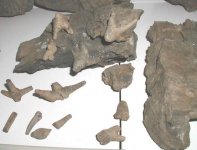
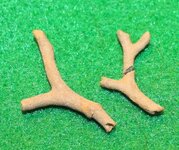
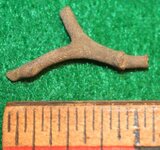

 .
.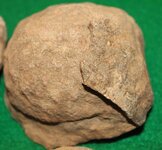
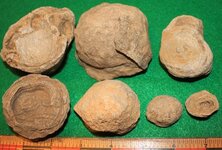
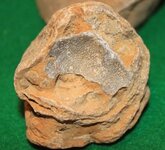
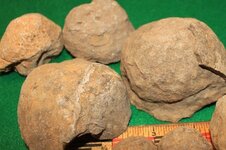
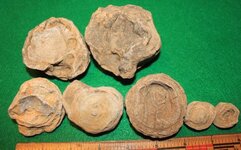
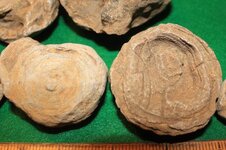
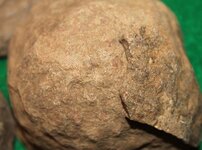
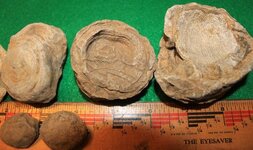
 .
.